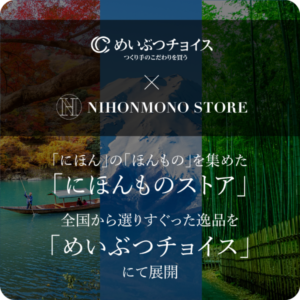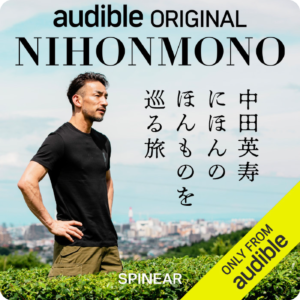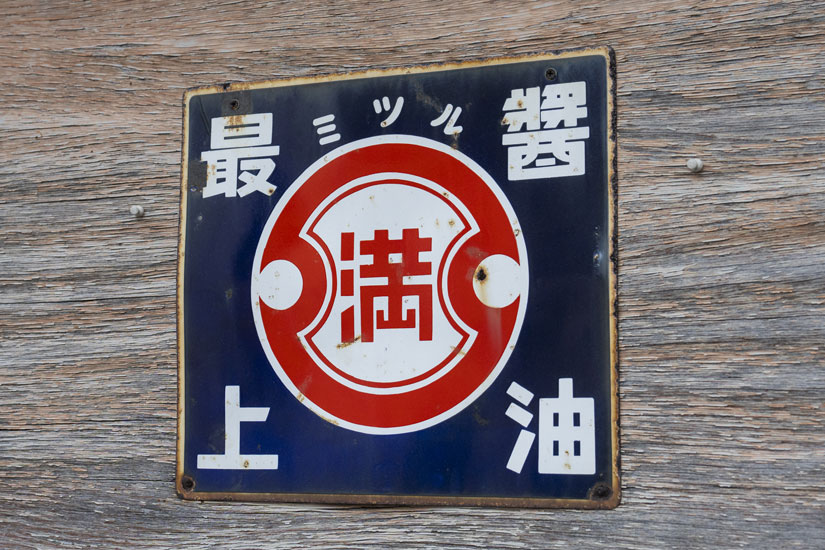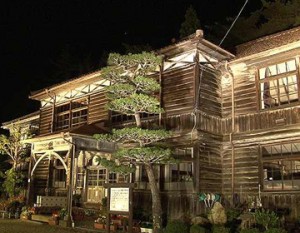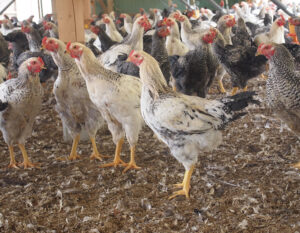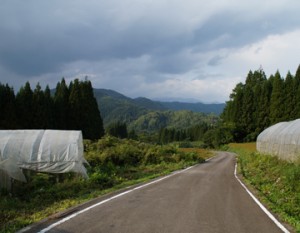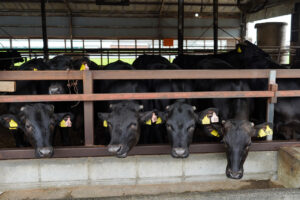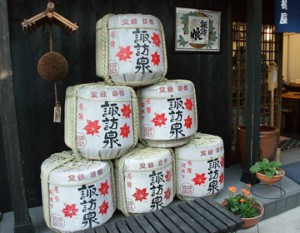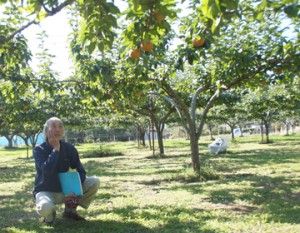Soy sauce is an indispensable fermented seasoning for the Japanese.Recently, however, the number of soy sauce breweries engaged in its production has been declining.There are concerns about the decline of this traditional industry.Against this backdrop, Mr. Yoshinori Jo of Mitsuru Soy Sauce Brewery in Itoshima City, Fukuoka Prefecture, is taking up the challenge of reviving traditional breweries and making soy sauce with his own hands.
Decided to make soy sauce after learning that the company did not brew its own soy sauce
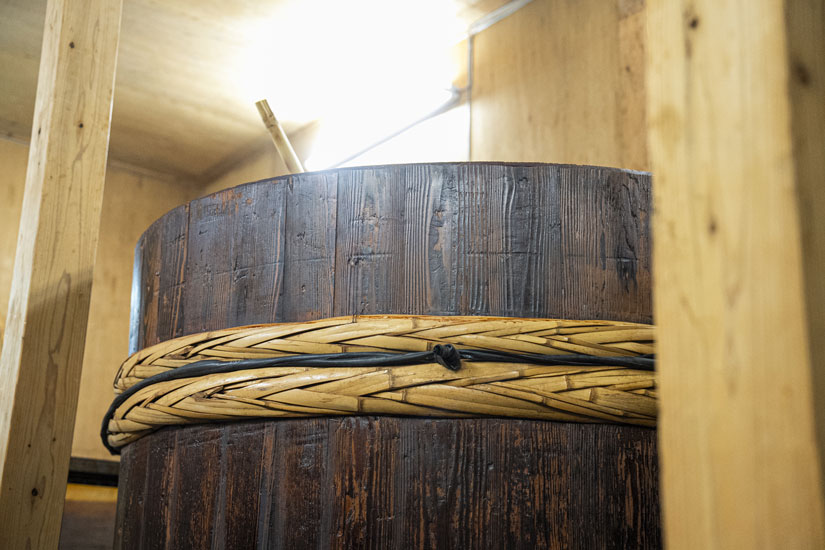
Most of them purchase soy sauce called “kiage” shoyu, which is made from unrefined soy sauce that has not been heat-treated or filtered, from soy sauce cooperatives or manufacturers.The soy sauce is then heated and seasoned only by the company itself.This is largely due to the “Law for the Promotion of Modernization of Small and Medium Enterprises” enacted in 1963.At that time, the government subsidized local cooperatives and manufacturers to efficiently produce products essential to daily life.While capital investment accelerated large-scale production, many small breweries stopped brewing their own products and shifted to purchasing from suppliers.Mitsuru Soy Sauce was one such brewery.
Having grown up with the aroma of soy sauce from an early age, Mr. Shiro naturally thought he would take over the family business.However, when he visited a large factory of a soy sauce cooperative as part of his work experience at an agricultural high school, he learned about the specific manufacturing process of soy sauce for the first time.I smelled the steamed soybeans, learned about koji and moromi, and thought, “Soy sauce is amazing.On the other hand, I felt sad that I didn’t have my own home brewery, and I wanted to make my own soy sauce someday!I wanted to make my own soy sauce someday!After graduating from high school, he went on to study brewing at Tokyo University of Agriculture.He began to study soy sauce making all over again.
While I was still a student!and went on an apprenticeship at soy sauce breweries all over the country.
While I’m still a student!”and train as a warrior at soy sauce breweries across the country.
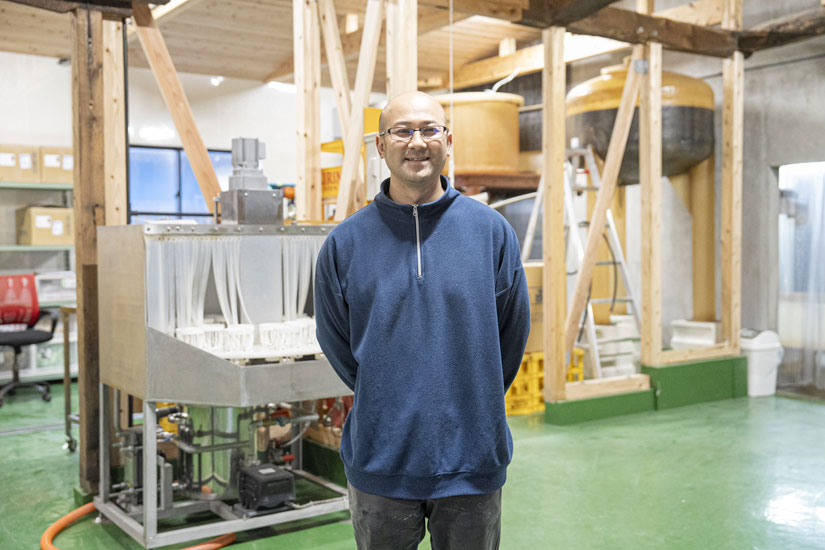
Mr. Shiro began his journey into soy sauce making, but Mitsuru Soy Sauce had been out of brewing for more than 30 years, so he was unable to learn the know-how from his family, and the factory did not have any brewing equipment.Under these circumstances, Mr. Shiro, who was still a student, came up with the idea of traveling to breweries across the country to learn about soy sauce making.
I had a clear idea of what I wanted to do when I entered university, so I worked hard in my classroom, and during spring break, which coincided with the soy sauce brewing period, I asked my university professor for introductions and soy sauce breweries I met at department store events to let me study here for one week.I asked them to let me study here for a week, and they accepted me.Once I joined the family business, it would be very difficult to ask other manufacturers for training, so I decided to go as far as I could, thinking that I could only do this while I was still a student,” he said.
Thus, by the time he graduated, he had visited seven breweries and learned about soy sauce production at each.After graduation, he spent a year training at Okamoto Soy Sauce in Hiroshima, and before returning to Itoshima, he enrolled in a food coordinator training school in Tokyo to learn more about soy sauce production and its surroundings.After returning to Fukuoka, he began to steadily prepare for the revival of his business.
Start by fixing the sleeping vats and building the koji room.
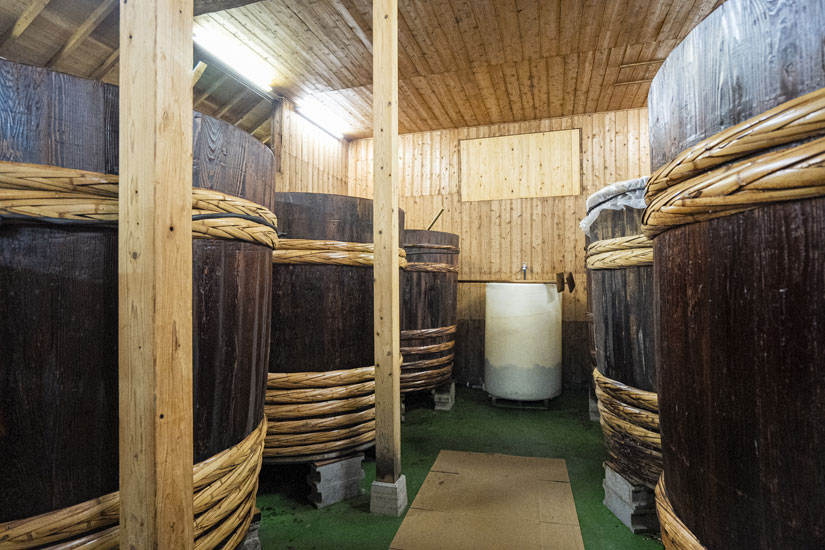
However, the brewery was not equipped with a brewing environment that would allow him to make use of the knowledge and experience he had gained, so his first challenge was to set up facilities.
With the help of craftsmen, he repaired the wooden vats that had been sitting in the warehouse and built a new room for making koji.We didn’t even have a kettle for steaming soybeans, so we really needed the help of various professionals.For the wooden vats, we asked craftsmen from Fujii Seikosho, the only vat manufacturer in Japan that can produce large wooden vats using traditional methods, to come to our house in Osaka.They repaired the ones that could be used, but only two of the five that remained were usable.We started with those two and gradually increased the number of barrels.In this way, the vats, which had been lying dormant for some time, were brought back to life, and brewing began for the first time in about 40 years.
From the past to the present.Yeast Connects Soy Sauce Making from Our Predecessors
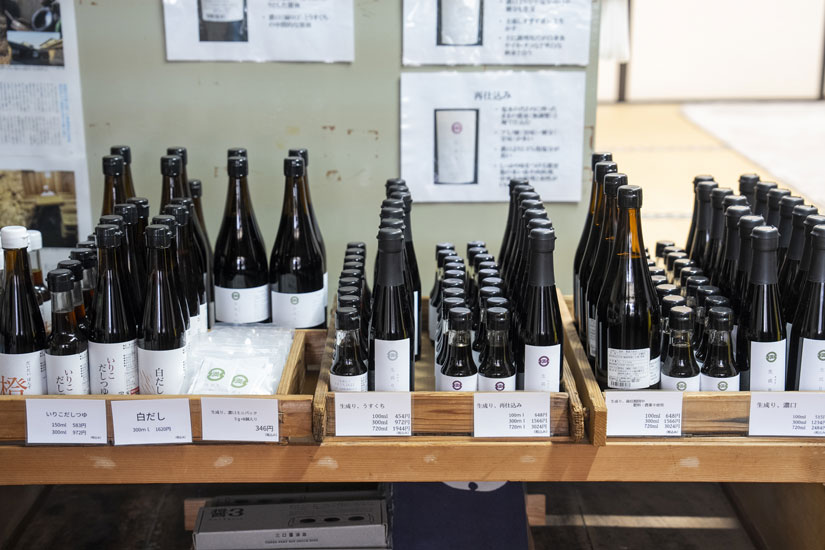
When Mr. Shiro was in college, he took yeast from a pillar in a warehouse that had been covered with mash that had been scattered from the vats when Mitsuru Soy Sauce used to brew its own soy sauce.This yeast was used in the first brewing of Mitsuru Soy Sauce, thus connecting the history of Mitsuru Soy Sauce.Perhaps it was this effect that led to the release in February 2013 of the first dark soy sauce since the revival of brewing, “Namaari,” which was greeted with the comment, “A wonderful soy sauce has been born!”and people from all over Japan praised the new product.
Many people I met during my time in Tokyo, such as the editors-in-chief of cooking magazines and writers, introduced me to many people who were well versed in the food industry,” he said.Word of our reputation spread by word of mouth, and we began to be used at famous sushi restaurants and French restaurants.
The reason why I chose the brand name “Namaire,” is because I wanted to keep it simple.I wanted to keep it simple.I wanted to keep it simple. I used local ingredients from Itoshima, handmade koji, and the traditional method of making soy sauce in wooden vats, and I chose the word “Namaire” to express the pure impression.
The ingredients are made in Itoshima and Okinawan salt.We challenge ourselves to make pesticide-free soy sauce and new type of soy sauce.
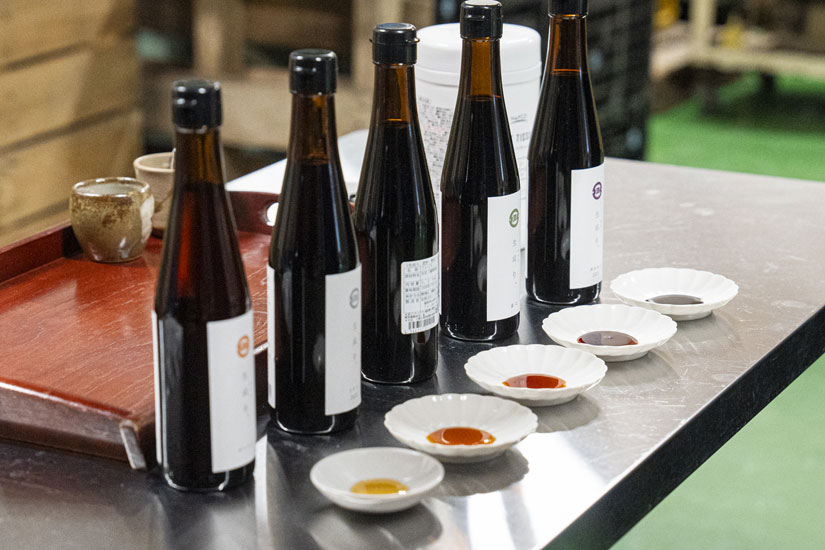
Eleven years have passed since the first shipment.Today, the soy sauce produced by Mr. Shiro is loved by many people and restaurants in Fukuoka and Tokyo.The ingredients are locally grown soybeans (fukuyutaka) and wheat (minami no kaori) from Itoshima, and the salt is shimasu from Okinawa.They sell dark, light, and re-finish soy sauces, as well as a pesticide-free dark soy sauce and a light-colored soy sauce called “orange.We had been trying to produce the pesticide-free soy sauce with the cooperation of local farmers since the beginning, but we had to stop production due to soil problems, etc. When we met with cooking expert Yoshiko Tatsumi, she blackmailed us, saying, “Why don’t you make it!She then asked me, “Why don’t you make it?I was given such an opportunity and started making it again with pesticide-free soybeans grown in Kyushu.Orange is a new soy sauce that we started to sell in 2023, and it is pressed before the moromi begins to ferment with lactic acid bacteria and yeast.We think you will enjoy the new flavor of soy sauce,” he says.When you actually lick the orange, you will find that the flavor is strong but the aroma of soy sauce is not strong, and the sweetness unique to koji spreads.It gives the impression of a new seasoning that is soy sauce but not soy sauce.
After starting to make soy sauce, I now understand why so many people are moving away from soy sauce production.Even if you prepare it the old-fashioned way, it’s tough from a business standpoint and takes a lot of time and effort.It is not an easy job.But I still want to stick to handmade, in-house brewing.I want to make use of everything that is produced during the soy sauce making process, such as selling the moromi and processing the strained lees into furikake, and I want to pursue new soy sauce possibilities, such as orange.Mr. Shiro hopes to continue to produce soy sauce on the current scale, without expanding to a larger scale.It seems certain that many people in the soy sauce industry, the culinary industry, and repeat customers will continue to pay close attention to what kind of soy sauce Mitsuru Soy Sauce will be releasing in the future.
